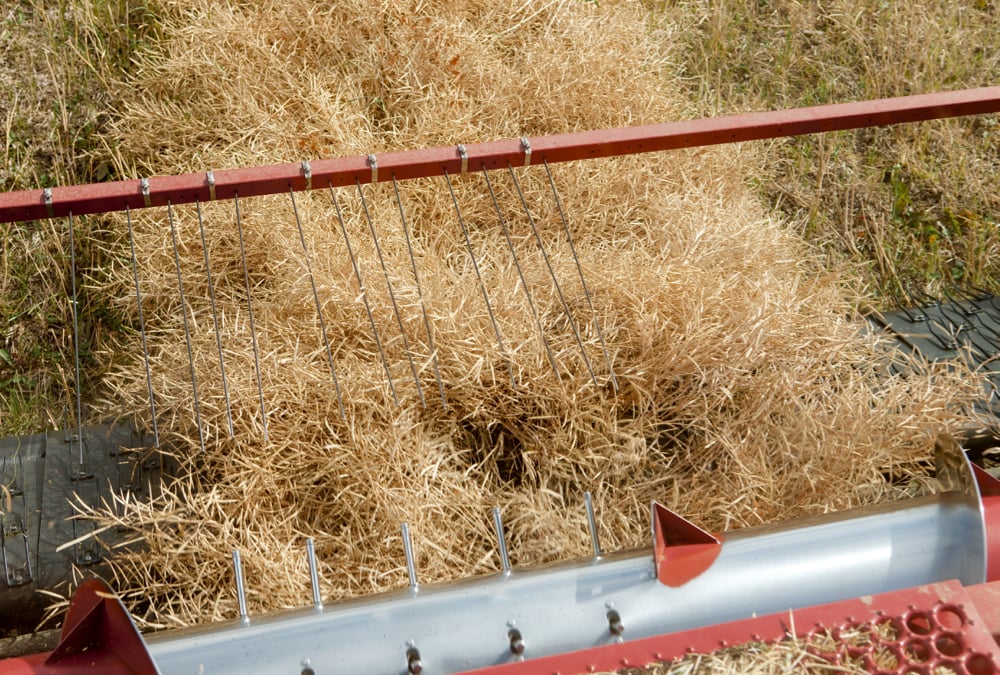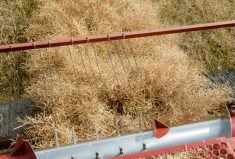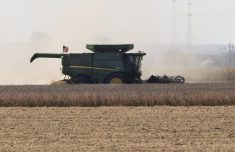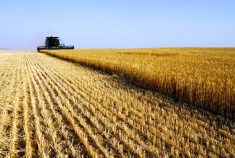Unless a significant amount of rain falls on southeastern Manitoba in August, cattle producers will be putting out feed for their livestock by the end of the month, says a Manitoba Agriculture rep in the region.
After a winter with minimal snowfall, a drier than usual spring and six weeks of blistering weather this summer, dugouts in the southeast are drying up and hay production has been cut by two-thirds, said Benjamin Hamm, who works for Manitoba Agriculture in Vita.
“Pasture is running low and producers are (worried) they are going to have to start feeding early,” Hamm said. “If we don’t see rain we’ll be seeing guys putting out feed early in September, or late August.”
Read Also

Alberta harvest wrapping up: report
Harvest operations advanced to 96 per cent complete in Alberta as of Oct. 7, with only a few late-seeded cereal and canola fields remaining, according to the latest provincial crop report.
In its late July crop progress report, Manitoba Agriculture said tame hay fields in the southeast are yielding 0.75 tonnes per acre and wild hay is yielding 0.5 tonnes per acre.
As well, about 10 to 20 percent of hay fields will not be cut this summer because growth has been stunted by the dry conditions. Many producers aren’t expecting a second cut of hay, unless a rainfall spurs a regrowth of forage land.
Besides marginal pastures and poor hay yields, dugouts and wells are nearly dry because the water table has sunk to unheard of levels.
“The shallow wells are drying up, they’re usually at 15 to 20 feet. So that really tells you that the water table is severely lower this year,” Hamm said.
As an example of the arid conditions, only 25 millimetres of rain has fallen on Winnipeg since the beginning of summer. The normal rainfall from June 21 to the end of July is closer to 90 mm.
Heinz Reimer, who manages an 800 head cow-calf operation for Hylife near La Broquerie, Man., said cattle producers aren’t panicking but they are taking action to cope with the water shortage in the region.
On the Hylife farm, for example, they are pumping water out to pastures and have used backhoes to enlarge and deepen dugouts.
As for the forage crop, Reimer said hay production on the farm is about 50 to 60 percent of normal and he speculated that other ranchers are facing similar shortfalls.
Consequently, producers are now calling the Manitoba Agriculture office in Vita daily looking for feed, Hamm said.
So far, Hamm hasn’t seen trucks hauling hay into the region. But if rain doesn’t fall in early August, trucks loaded with bales might arrive soon.

















